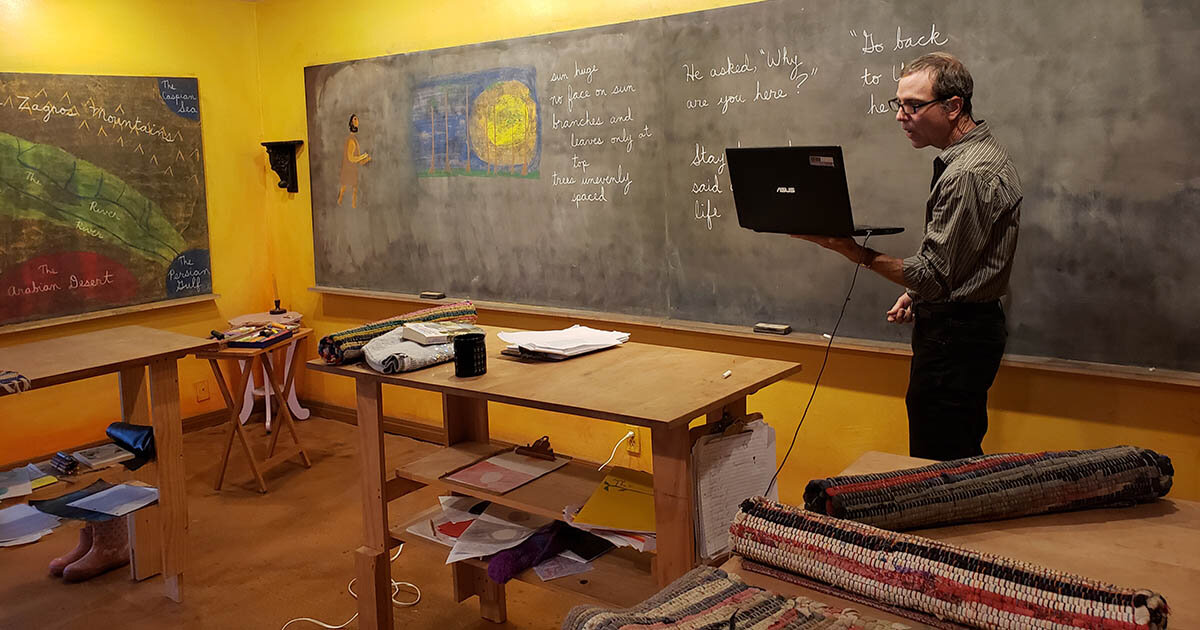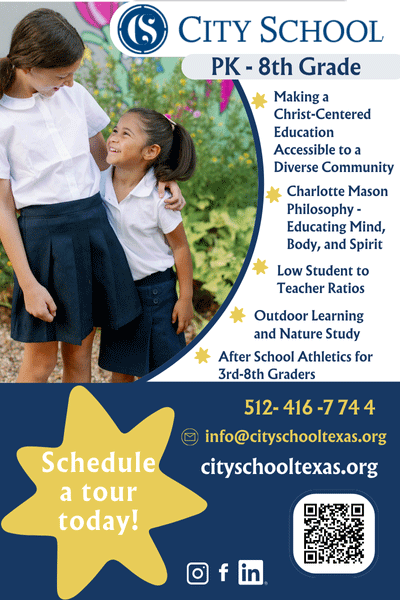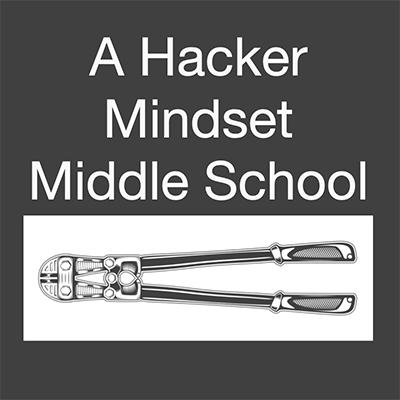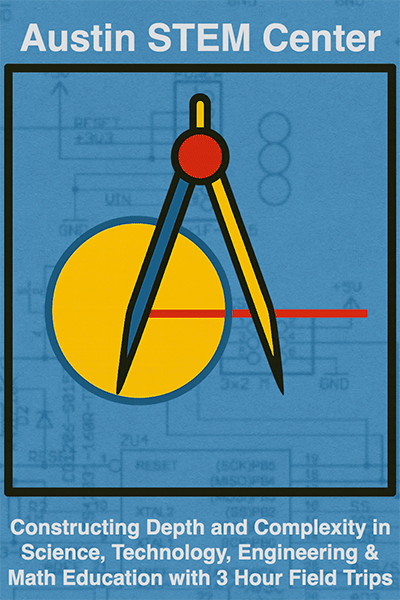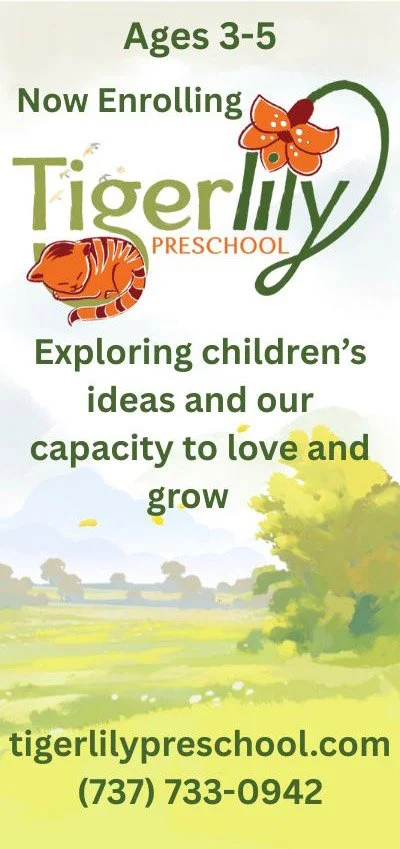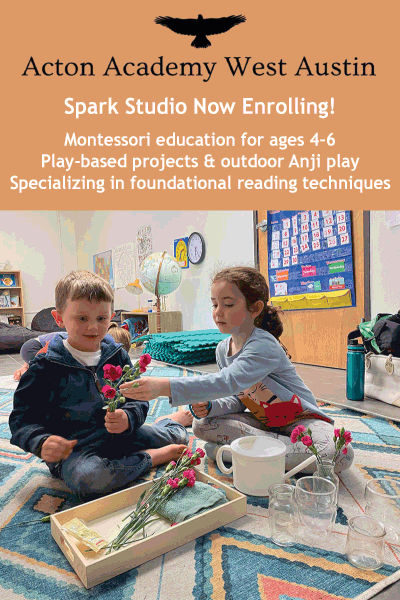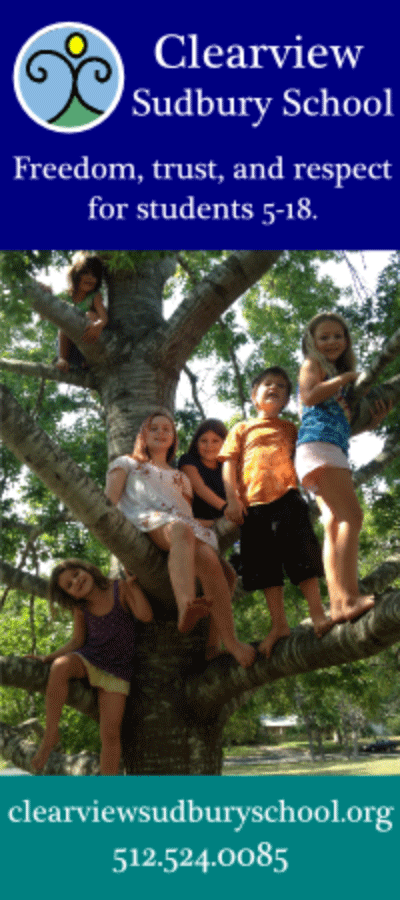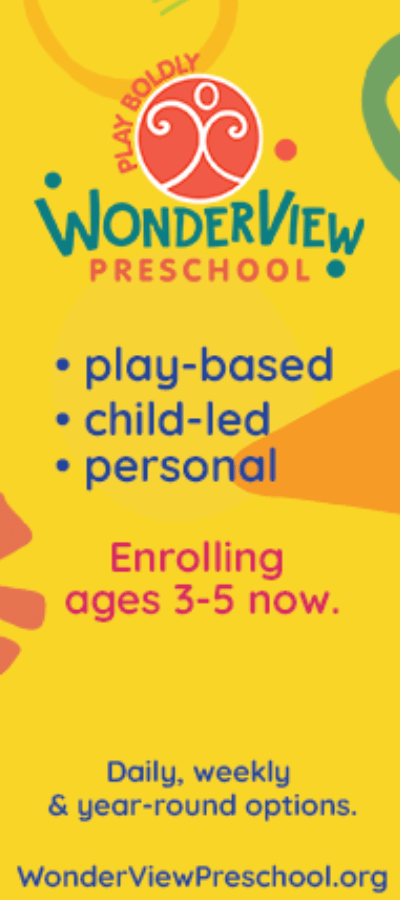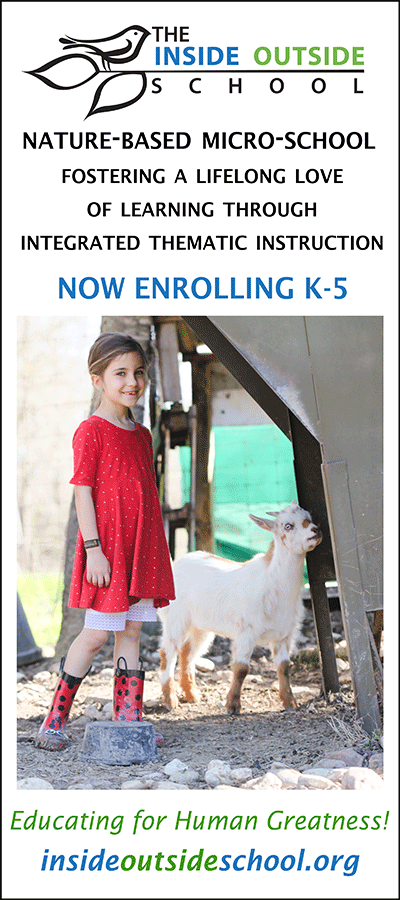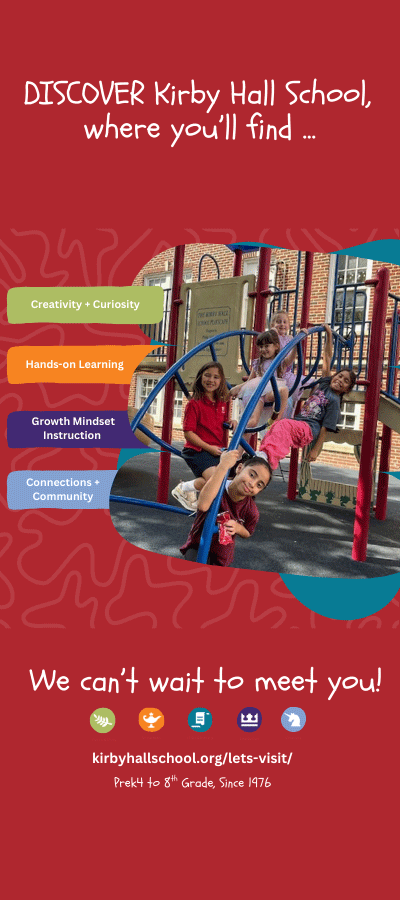Alternative education post-pandemic: Where are we going from here?
/
We have an opportunity to create a new and better normal if we consider the needs of all learners
in re-entry. . . . As natural and human-made systems collide in unprecedented ways, young people
are growing up in a world where novelty, complexity, and mutuality are the norm. How we respond
in adaptive, thoughtful, inclusive, and creative ways will be the most important lessons we teach.
—Eric Tucker and Tom Vander Ark
“How to Reopen Schools: A 10-Point Plan Putting Equity at the Center”
GettingSmart.com, April 29, 2020
We’ve come to the fourth article in our series on the adaptations and transformations that are happening in schools here in Austin as a result of the sudden necessity of distance learning during the COVID-19 crisis. We started with a broad view of education in emergencies, then looked at how our own ATX family of alternative schools is handling social-emotional learning and injecting creativity and play into their evolving learning plans. Now we are going to look at a topic that’s on our minds a lot these days: What does the future hold?
Without question, the way we educate our kids (and they educate themselves!) in the United States and across the globe will feel the impact of this moment going forward. Education reformer Tom Vander Ark sees cause for optimism “post pandemic.” He describes schools that embrace more personalized learning and flexibility based on competency. As we might expect, he anticipates more home-based and hybrid learning, with as many as half a million students just not returning to their regular schools. “Hundreds of parents will turn their homeschool into a microschool,” says Vander Ark. He also sees a boom in project-based learning:
. . . with state testing cancelled and a lot more flexible time, many learners are engaging in interest-based learning and impromptu projects. School closures have been a reminder that learning can happen anywhere. When kids return to school, some schools will respond with more project-based learning connected to local problems and opportunities.
And in very good news for our alternative learning communities, Vander Ark also sees the end of more than 30 years of preoccupation with testing as the main basis for measuring learners’ and schools’ progress.
Douglas Harris, an academic who studied the dramatic changes in New Orleans’s schools after Hurricane Katrina, says there are general lessons about how educators and students adapt to crises that we can learn from the New Orleans experience. One likely outcome of the pandemic is that there will be a few tools of distance learning that both students and teachers decide they like, and those tools will stick around. But it’s unlikely, Harris thinks, that there will be a dramatic move toward either homeschooling or fully virtual learning because there are too many disadvantages for the majority of families. Unlike Vander Ark, Brown also doesn’t think competency-based learning will expand dramatically in the long run. But there will be some surprising long-term indirect results of the pandemic, including putting more teachers and parents in the role of coaches, with students taking greater control of their own learning.
In our own survey of 35 Austin-area alternative schools, we found that all the educators are thinking about and planning for the future right now, with many focused on expanding just the sort of student-directed learning both Brown and Vander Ark are talking about.
Educators in the community feel it is their responsibility to support parents as far as possible in their new roles. In some cases that has meant continuing schooling online so that kids have a familiar routine and parents are able to focus on other tasks, says Eustace Isidore of 4Points Academy. And in other cases, it means guiding parents in setting up homeschooling, as is the case at Bridges Academy Austin.
One of the most consistent issues in our survey comments was dedication to student-directed learning. Cathy Lewis of Long-View Micro School explained:
Long-View has a cultural norm of “driving your own learning.” We take this very seriously as we are cultivating intellectually curious and driven learners. This norm was taken to a new level when we had to pivot to learning at home . . . We have seen some kids step up to new levels: We have one learner helping us develop content and several others choosing to support younger kids by meeting with them virtually or giving them feedback on work they’ve turned in.
Laura Sandefer of Acton Academy added that she believes parents have been “happily surprised” about what independent learners their kids are and that they do have the skills to drive their own school projects, even at young ages.
Clearly, the success of schooling right now depends on flexibility on all sides, and schools are trying to accommodate families’ needs. Acton Academy West Austin (the Westlake campus) shortened its spring break to help keep kids on track, and at Ascent, another Acton Academy, each family is getting one-on-one support tailored to their needs. Abrome and other Agile Learning Centers are working in collaboration to add new, optional offerings for learners.
Beyond learners and families is the larger community, and the schools we surveyed are reaching out to connect there, too. La Tribu preschool is now opening to enroll students in a Spanish-language virtual learning program that mixes live classes and other activities. Jenny Alperin of Guidepost Montessori at Brushy Creek shared that they have created an online platform that is free to the general public so any family can join in interactive learning and find other resources. Long-View is also opening its micro school to kids beyond the regularly enrolled students who might like to take just a few classes.
So, what will the future hold for Austin’s alternative schools?
Some schools, including International School of Texas, AHB Community School, La Tribu Preschool, and Kirby Hall School report that they have seen an increase in connectedness during the crisis, with students and families feeling grateful for their communities in a way they hadn’t anticipated.
We see in all the schools’ responses a lot of hope for the future and the next phase of alternative education in Austin. There’s the hope, expressed by David Darcy of School on the Rise and Anne Remme at Speech-Language-Play, that small alternative schools, especially micro schools, will be among the first to reopen because the small class sizes mean less risk and easier social distancing.
Angela Griffiths of Acton Academy Northwest Austin says she hopes that parents everywhere will see more clearly all the realities their kids are facing. “It’s my sincere hope that they look at what their kids are being put through and say to themselves . . . ‘There’s got to be a better way.” And maybe that better way includes alternative education models.
Looking toward the future, journalist Anya Kamenetz reports that education researcher Maria Litvinova says the safest and best future is what most of our alt schools are doing already: keeping class sizes as small as possible. In Denmark’s International School, right now they’re sticking to 10 students per class. Other researchers suggest that staggering calendars for different groups of students, changing attendance policies, and improving both digital learning access and social and emotional support for all students are prerequisites in post-pandemic schools everywhere. Not only academic support, but also mental health support for students, says James Lane, Virginia’s state superintendent of public instruction, will be the top priority when kids return to brick-and-mortar schools.
In the meantime, educators, parents, community activists, and students are all thinking about the future and hoping that new and better ways of learning and connecting will emerge from this unusual time. As author Rebecca Solnit has observed in A Paradise Built in Hell: The Extraordinary Communities that Arise in Disaster, sometimes the worst of times can provide flashes that give us “a glimpse of who else we ourselves may be and what else our society could become.”
Shelley Sperry | Sperry Editorial





